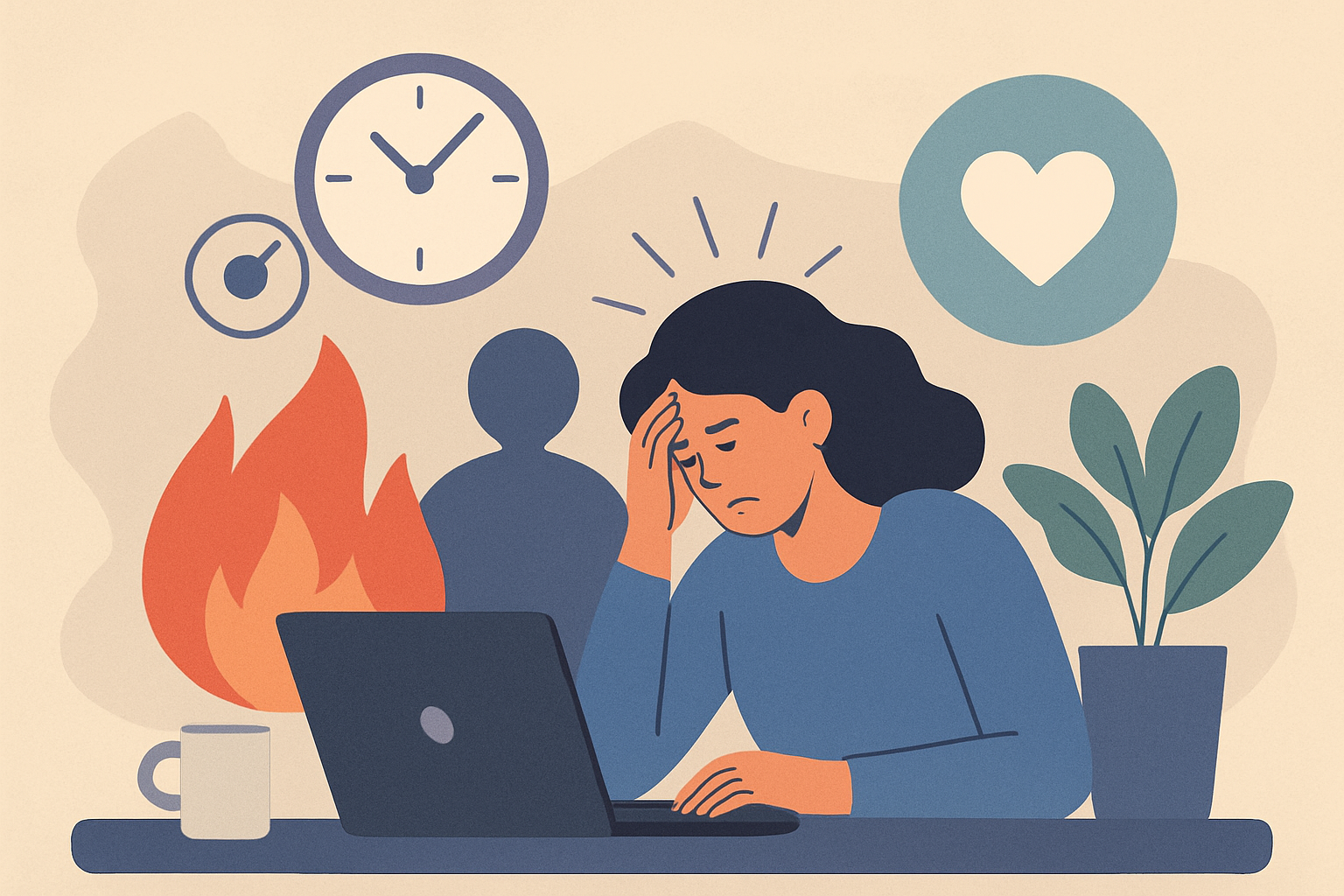How to create the perfect poster

A poster presentation is the perfect opportunity for you to highlight the importance of your research for people attending the conference. Posters are like billboards advertising a movie—they present in a nutshell the essence of a much larger venture. A poster presentation makes use of various communication tools: it combines verbal messages with imagery and color cues to communicate science. Since posters are usually displayed in a dedicated area, along with many other posters, it’s important that your poster catches the attention of passersby from across the room.
The first step in poster creation is to determine the one essential concept that you want your audience to understand about your research. Begin by asking yourself the question: What’s the key message of this poster? Once you have clarity on this, think about what you want a passerby to do on seeing your poster: Discuss? Assimilate? Question?
Now, begin planning your poster!
For example, let’s say your key message is that the culture of country A is being eroded by the recent zeal for urbanization, and you want your audience to engage in discussion.
Frame your key message as a question: Is urbanization in country A leading to cultural erosion? This question can be printed in large font, placed centrally, for all to see. The rest of the poster can then present the main findings of your study, in much smaller and less attractive font, while you use audience time to expound on the subject and get into an animated discussion.
Next, you need to get the right look for your poster in terms of organization and design. When a passerby looks at your poster, he or she should immediately know
- what its theme is
- whether it should be read from top to bottom, from left to right, or both
- where to find the main points
Here are 7 easy tips to achieving an attractive and effective poster design:
1. Order your contents in a logical visual sequence, like in the example below:
|
Title at the top, spread horizontally across the poster |
||
|
3. Methods and results |
5. Methods and results |
|
4. Methods and results |
6. Conclusions
|
2. Print your title in an attractive color and a font size that is readable from a distance of 15 to 20 feet.
3. Use visual tools:
- Numbers and columns can help sequence your poster.
- Signposts like arrows can direct the flow of information and show linkages between parts of the poster.
- Images, graphs, and tables should be the main story elements; as far as possible, use text only to support the images.
4. Color is a powerful tool, but don’t overuse it—use 2 to 3 colors at the most. Pastel shades are ideal for a background color as they are easy to view and provide the best contrast.
5. Experts claim that your poster space should be divided such that text accounts for 20%–25% and illustrations for 40%–45%. About 30%–40% of the space should be left blank.
6. Once you have taken care of the more obvious graphical elements of the poster—like color, layout, and title font size—it’s essential to give the finer textual elements some attention. Here are some pointers:
- Ensure that the main body of text is left-aligned.
- Double space your text.
- Avoid italics as they are difficult to read from a distance.
- Use bullet points instead of paragraphs.
7. Finally, edit relentlessly: Edit your text; proofread it; run a spell check. Repeat this process. Now do it once more. Remember, you can never edit enough—you want as little text as possible on your poster, and you want it to be free of all embarrassing typos and errors. Once you’ve done this, get some trusted peers to give you feedback on your poster. Now edit, proofread, and run spell check again. Send your poster for printing only once you are absolutely sure it’s what you want.
When you actually go for the poster presentation, remember to plan for emergencies. Have backups of all material you require for the presentation. Print an extra copy of your poster and ship it/transport it separately. Carry measure tape, glue, push pins, etc., so you have these ready if they are not available at the venue.
Having a great-looking poster and being well prepared will give you the confidence you need to face your audience and get them into an engaging conversation about your research.







